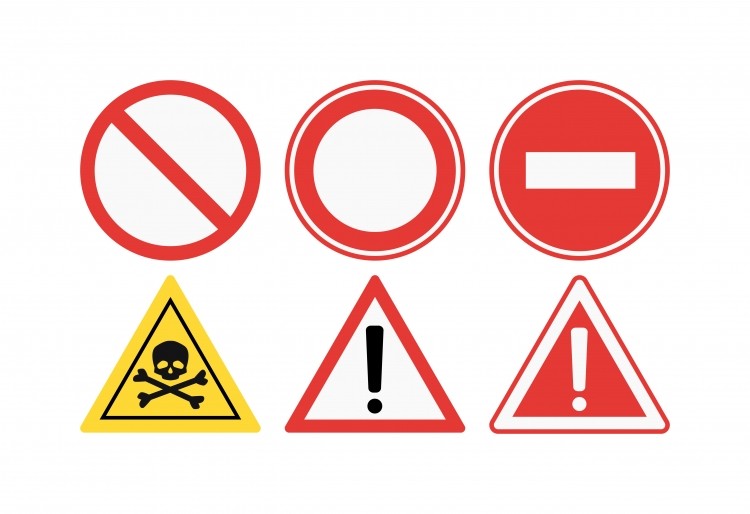Vote imminent on formaldehyde as feed additive

It is scheduled to take place during the Standing Committee on Plants, Animals, Food and Feed (SCOPAFF) meeting of 19-20 December.
Concerns around the use of formaldehyde relate to occupational health risks but not to its use in feed in terms of animal and food safety.
The Commission’s draft regulation claims the advantages of formaldehyde do not compensate for the inherent health risks for users handling the substance despite an EFSA opinion concluding the substance could be authorized as long as adequate control measures are implemented to limit the risks for workers.
Meanwhile, an ongoing public consultation, also set to conclude on 19 December, shows opposition to the Commission’s tabled proposal.
Background
Following reclassification of formaldehyde from a biocide to a feed additive in 2013, the EC supported a re-authorization of the substance, already on the EU market for the past 20 years. Due to the failure of the EU-28 to agree on the re-authorization, approval expired in 2015.
This led countries like Poland to withdraw formaldehyde in animal feed from the market. Other countries, like Finland and the UK temporarily re-authorized formaldehyde in feed pending a decision at EU level.
Formaldehyde producers such as Anitox claim that it remains the most effective tool to protect feed from contamination by pathogens such as Salmonella.
ECDC report
Commentators argue that a hike in poultry related Salmonella events in Poland is a direct fall-out from inaction on the part of the Commission in relation to the chemical. They also cited a report, published today, by the European Center for Disease Control (ECDC) highlighting that salmonella cases are no longer falling in the EU as further evidence that a migration away from formaldehyde is not optimal.









